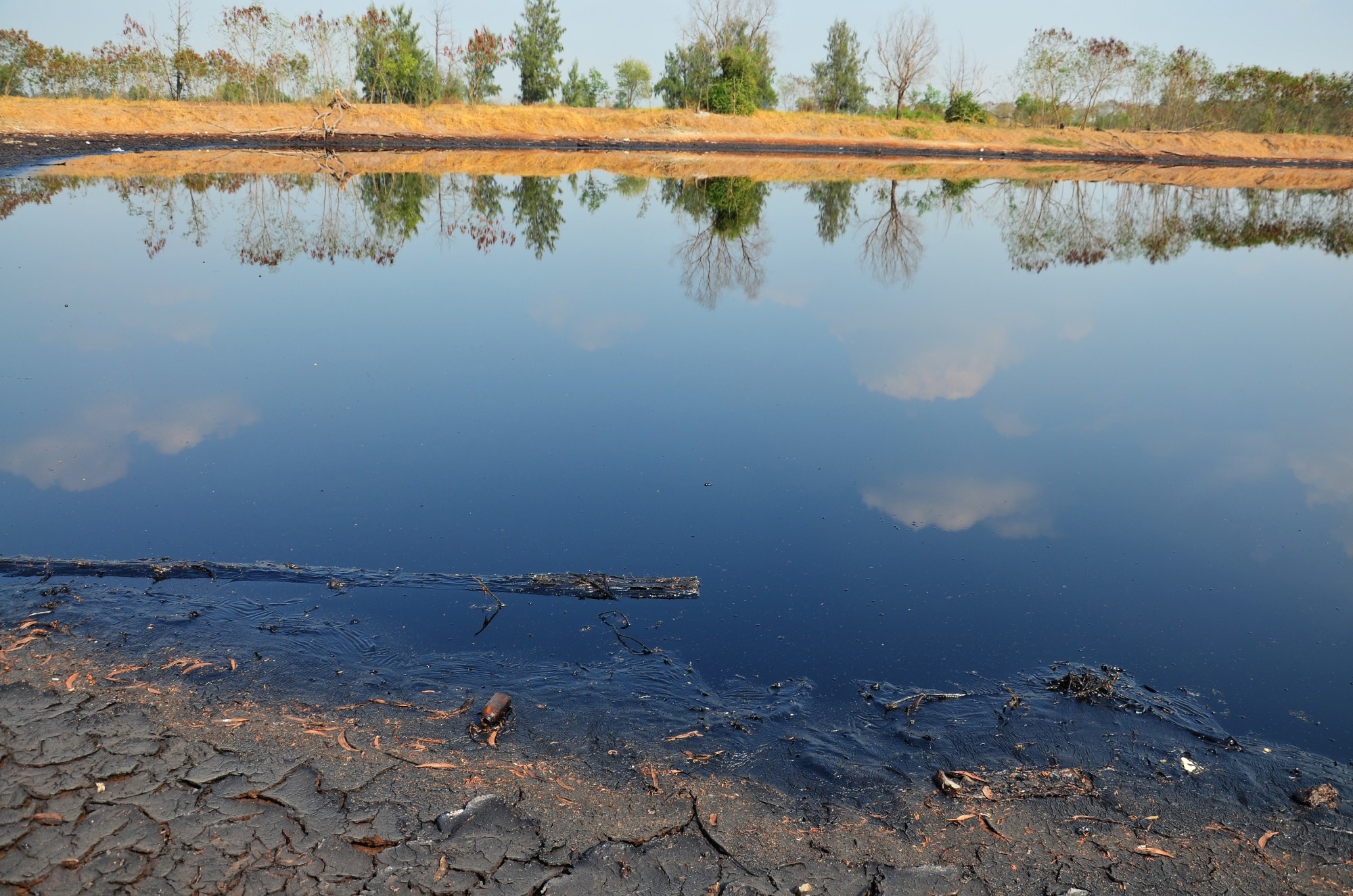A new magnetic material can strip toxic dyes from wastewater using just light. It could be a reusable, low-energy fix for one of industry’s most stubborn pollution challenges.

Image Credit: Anirut Thailand/Shutterstock.com
Textile dyes such as Astrazon Pink FG (AP) and Brilliant Red B (BR) can linger in waterways, causing toxicity and long-term ecosystem disruption. Current treatments like adsorption, coagulation, biological processing, and advanced oxidation often fall short due to high costs, incomplete dye removal, and difficulty regenerating materials.
Metal-organic frameworks (MOFs) show strong potential for water purification thanks to their large surface area, adjustable pore structures, and customizability. Adding magnetic ferrite particles is another step that makes it easier to recover them after use.
Building on these strengths, researchers have created KFe2O4@mono ZIF-8, a composite that blends the magnetic and catalytic benefits of potassium ferrite with the durability of a ZIF-8 framework. Their successful synthesis has been recently published in Chemical Physics Impact.
Download your PDF copy now!
Inside The Study
Potassium ferrite (KFe2O4) nanoparticles were synthesized and embedded into a monolayer ZIF-8 framework via sonification. The material showed a well-defined crystalline structure, with 31.24 nm crystals and a homogeneous surface of similarly shaped particles of varying sizes. Elemental analysis confirmed the presence of potassium, iron, oxygen, carbon, and zinc, in line with its intended design.
Optical measurements revealed an energy bandgap of 1.87 eV, well-suited for visible-light photocatalysis. In adsorption tests conducted without light, the composite achieved equilibrium sorption capacities of 17.85 ± 0.8 mg/g for AP and 15.00 ± 0.8 mg/g for BR, with the process following a pseudo-second-order kinetic model.
When exposed to visible light, the photocatalytic effect dramatically boosted performance. Removal efficiencies reached 98.80 ± 1.20 % for AP and 95.20 ± 1.30 % for BR. In a more challenging mixed-dye solution, the material removed 78.00 ± 1.10 % of AP and 70.00 ± 1.10 % of BR, showing it could handle complex contamination scenarios.
As the composite is magnetic, it can easily and quickly be recovered after treatment, and regeneration tests showed it retained over 70 % efficiency even after seven cycles. Energy use remained within practical limits for large-scale deployment.
Conclusion
By combining high adsorption capacity, visible-light-driven photocatalysis, magnetic recovery, and stable regeneration over multiple cycles, KFe2O4@mono ZIF-8 offers a realistic, sustainable route to tackling dye pollution in industrial wastewater. Its ability to maintain strong performance even in mixed-dye conditions makes it a standout candidate for future large-scale purification systems.
Journal Reference
Adewuyi A., & Oderinde, R. A. (2025). Magnetic KFe2O4@mono ZIF-8 for dye removal from water: synthesis, characterization, and efficiency. Chemical Physics Impact, 11, 100892. DOI: 10.1016/j.cpimp.2025.100892, https://www.sciencedirect.com/science/article/pii/S2667022425000799